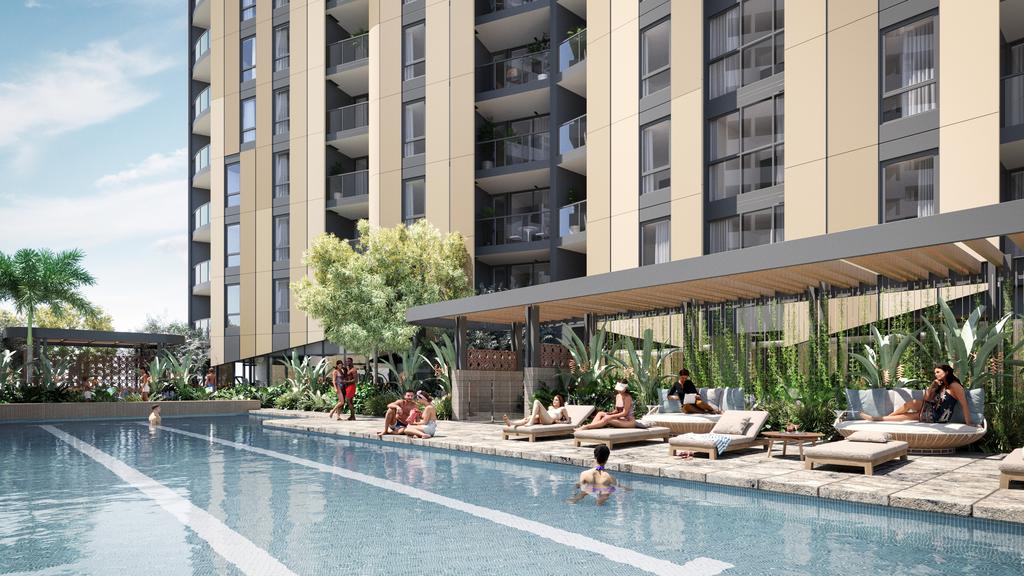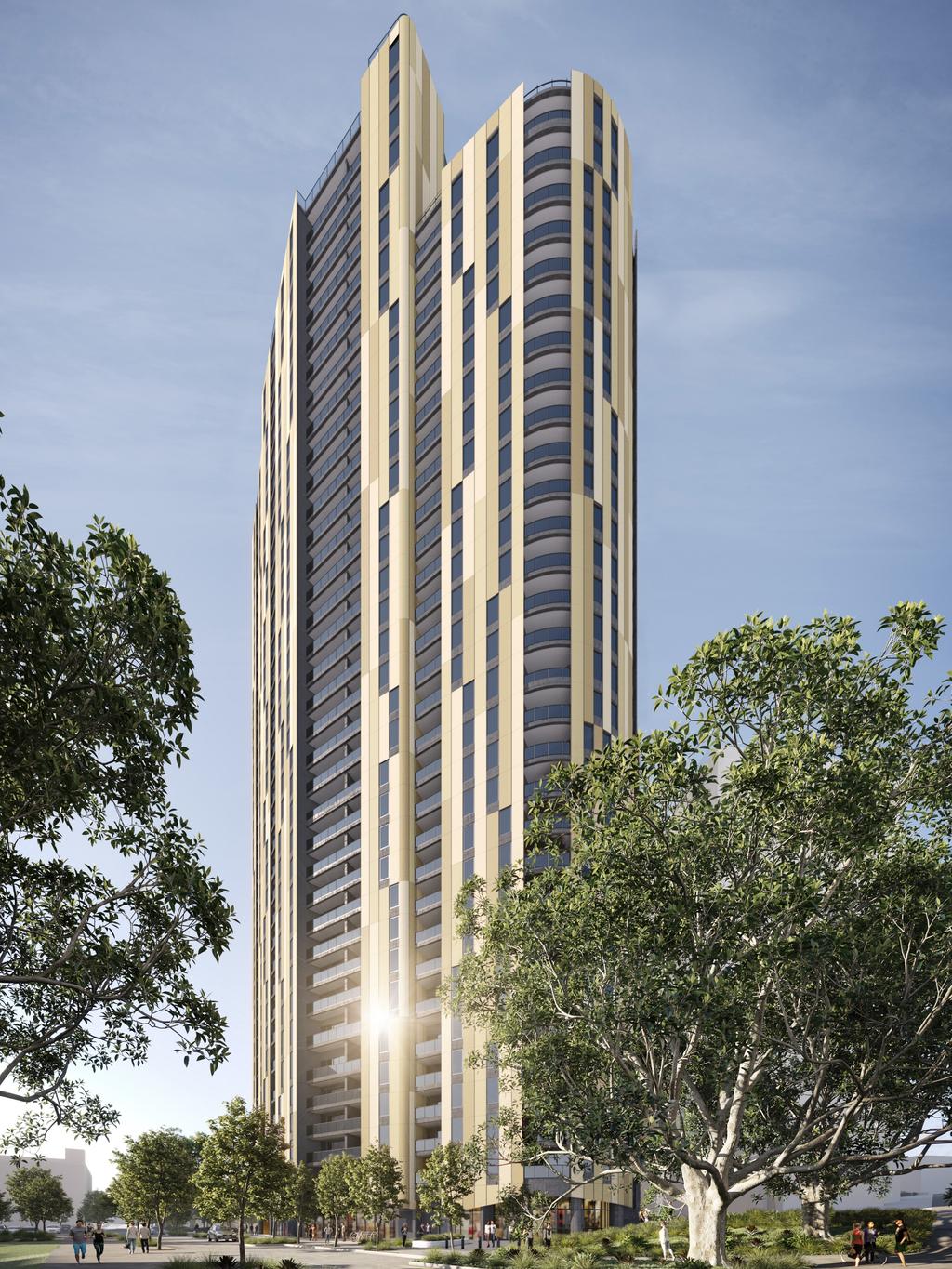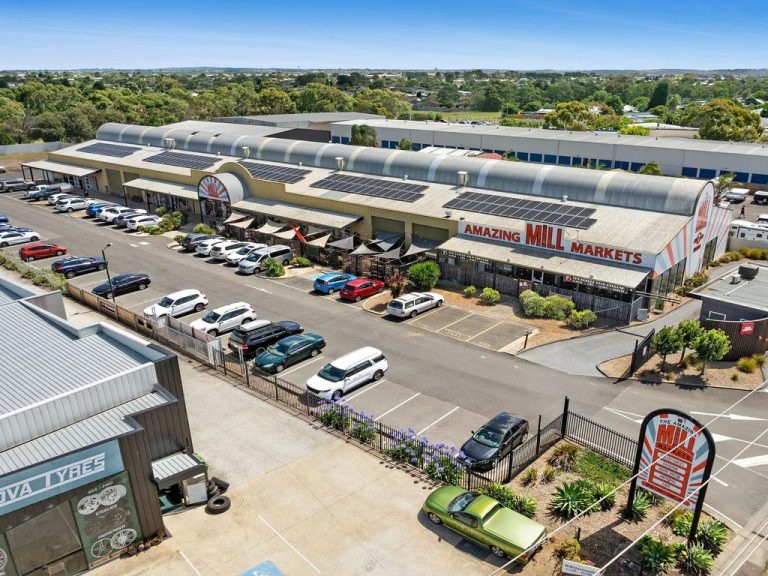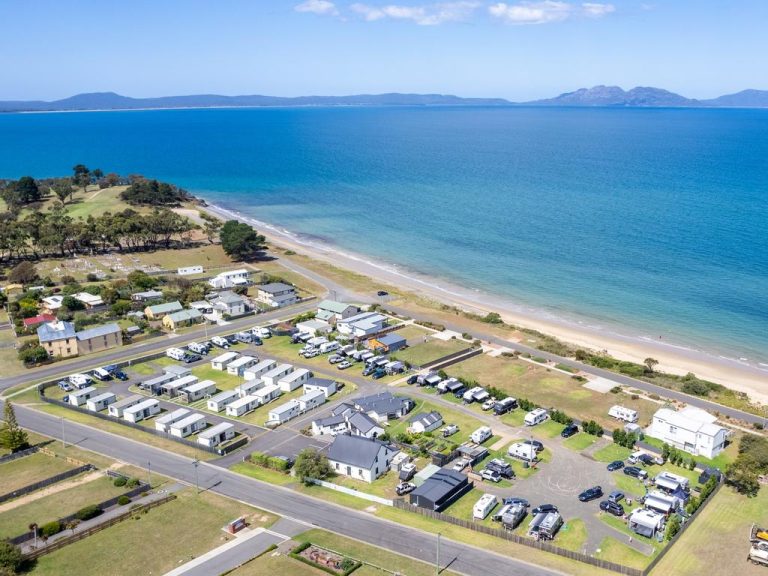Investing outside the box: Alternate property makes its mark in challenging times

Exhibition Quarter, Lendlease and QuadReal Property Group’s first build to-rent residential apartment building at Brisbane Showgrounds in Queensland.
The spotlight on office values has refocused attention on the asset allocation strategies of Australian unlisted property funds and listed real estate investment trusts.
Australian institutional investors have traditionally favoured office and retail assets, although more recently industrial properties gained popularity due to the rise of online retailing and the increasing sophistication of supply chain logistics requiring large scale distribution centres.
However, the allocation to alternate property sectors such as education, build-to-rent, social, affordable and disability housing, student accommodation, seniors living, self-storage, life-sciences, and data centres have been limited.
According to the MSCI Mercer Core Wholesale Fund Index, which tracks the performance of $105bn in wholesale property funds managed by leading fund managers such as Charter Hall, GPT, Dexus, ISPT, and QIC, office assets comprise 53 per cent of the underlying assets of the index.
Retail assets account for 26 per cent, while industrial assets represent 19 per cent. Alternate assets constitute about 2 per cent of the index.
Similarly, alternate REITs, including the likes of Charter Hall Social Infrastructure REIT, Ingenia Communities Group, Rural Funds Group, and National Storage REIT, represent a mere 6.5 per cent of the S&P/ASX300 Property Index.
Head to the US, and the landscape presents a stark contrast.
Industrial assets hold the largest weighting (31 per cent) in the NCREIF NCI-ODCE Index, which tracks the performance of about $500bn worth of properties owned by leading open-ended US property funds. Office makes up 21 per cent, while retail accounts for just 10 per cent. Alternate property sectors represent 37 per cent of the index, with multi-family residential accounting for the largest portion at 29 per cent.
The US listed REIT market also reflects a heavy tilt towards alternate sectors. Office (5 per cent), retail (14 per cent), and industrial (14 per cent) combined represent just one-third of the FTSE NAREIT REIT Equity Index. The majority of the Index comprises a myriad of alternate sectors including residential (15 per cent), healthcare (9 per cent), data centres (9 per cent), and self-storage (8 per cent).

The build-to-rent sector is experiencing a surge in investor interest.
Australian investors are looking to increase exposure to the alternative property types.
Charter Hall made a significant strategic play in 2018 when they acquired the Folkestone funds platform, which contained the ASX-listed Folkestone Social Infrastructure Trust.
Following the acquisition, and subsequent rebranding, as the Charter Hall Social Infrastructure REIT, the portfolio underwent a rebalance to diversify its focus beyond an emphasis on childcare properties to encompass a wider range of property related social infrastructure assets.
The $2.2bn portfolio now includes assets such as bus terminals, life sciences facilities, and education campuses, reflecting Charter Hall’s broader vision to be a dominant player in the social infrastructure space in both listed and unlisted markets.
More recently, HomeCo listed the HealthCo Healthcare & Wellness REIT on the ASX. The $1.7bn REIT has a mandate to invest in various property assets related to healthcare and wellness.
The build-to-rent sector is currently experiencing a surge in investor interest. As Australia grapples with a housing crisis and the growing acceptance of apartment living, it was only a matter of time before this sector gained the attention of industry players like Mirvac, Investa, Lend Lease, and Charter Hall.
Smaller boutique firms such as Gurner and Home, as well as global entities like Greystar and Blackstone, are also actively seeking to expand their exposure to this sector. These entities are receiving support from some of Australia’s largest super funds, including Australian Super, Aware Super, and HESTA, further emphasising the sector’s growing significance.
The benefits of investing in alternate property typically include longer leases than traditional property assets (often 10 years or more), net or triple net leases (whereby the operator/tenant pays outgoings and is responsible for repairs and maintenance), secure, often government-backed, cash flows and low correlation and relative lower volatility compared to other property assets.

Adrian Harrington.
Alternate assets can also exhibit a lower correlation with broader economic cycles, thereby potentially providing resilience to an investment portfolio during economic or financial market downturns.
Almost all alternative sectors are benefiting from long-term secular trends. Demographics changes (strong migration, ageing population, both parents working), education (international students), advances in life sciences (biotech, medical R&D) and technology (AI, cloud computing) – are providing strong tailwinds for the demand for the next generation of seniors living, childcare, student accommodation, medical, health, wellness and biotech facilities, and data centres.
Alternate assets have typically traded at higher and more attractive yields compared to traditional sectors. A word of caution, this arbitrage may evaporate over time. As demand for alternate assets increases, their yields may be pushed lower narrowing the yield differential between traditional and alternate property sectors.
Amid growing investor interest in ESG and social impact investing, alternate sectors such as childcare and life sciences are appealing. Impact investing seeks to generate financial returns while creating positive social or environmental impact. However, replicating higher allocations to alternates like in the US won’t be easy due to scale limitations. To become a meaningful component of both unlisted funds and listed funds in Australia will require billions of dollars to be redeployed into alternate sectors.
Unfortunately, several alternate sectors are characterised by their smaller size, both in terms of the number of assets and the value of assets they encompass.
While office, retail and industrial will remain prominent in Australian property portfolios for the foreseeable future, alternate assets are set to play an increasingly important role in diversifying portfolios, enhancing performance, and reducing potential risks.
Adrian Harrington is the interim CEO of Summer Housing and the former chair of the federal government’s National Housing Finance and Investment Corporation







